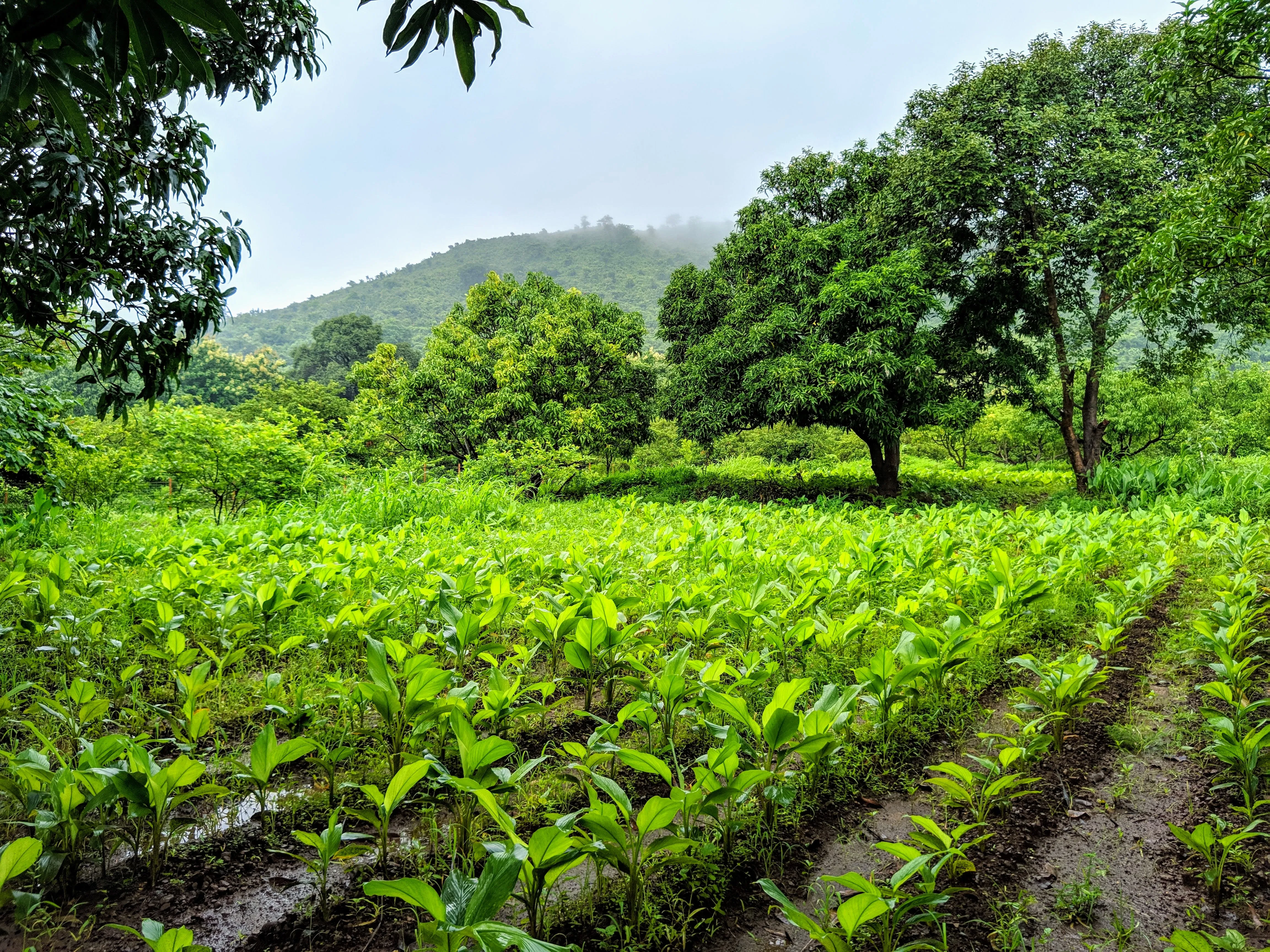Building Resilience: Preparing Your Farm for Climate Change
Uncover key strategies in 'Building Resilience: Preparing Your Farm for Climate Change' with Vriksha Farms. This pivotal blog post delves into sustainable farm infrastructure and renewable energy use in agriculture, offering practical advice for adapting to climate change. Learn about the integration of agroforestry and innovative practices in sustainable agriculture that ensure your farm's resilience. Equip yourself with the knowledge to future-proof your farming operations against environmental challenges.

Introduction
In the face of accelerating climate change, building resilience in farming practices is more crucial than ever. Vriksha Farms, with its deep commitment to responsible agroforestry and sustainable living, understands the importance of preparing farms to withstand and adapt to climatic changes. This blog post explores strategies and practices that can help in building resilience and preparing farms for the impacts of climate change.
Understanding Climate Change Impacts on Agriculture
Variable Weather Patterns
Climate change brings about unpredictable weather patterns, including extreme temperatures, irregular rainfall, and increased frequency of storms. These changes pose significant challenges to farming, affecting crop yields and farming schedules.
Long-Term Implications
The long-term implications of climate change include altered growing seasons, increased pest and disease prevalence, and changes in soil composition. Addressing these challenges requires forward-thinking and adaptive strategies.
Strategies for Building Resilience
Diversifying Crops
Diversifying the types of crops grown can buffer farms against losses due to climate-related failures. Planting a variety of crops ensures that some will thrive under changing conditions, maintaining overall farm productivity.
Improving Soil Health
Healthy soil acts as a buffer against climate extremes. Practices like adding organic matter, reducing tillage, and maintaining ground cover can improve soil health, enhancing its water retention and resilience against erosion.
Water Management Techniques
Efficient Irrigation Systems
Implementing efficient irrigation systems, such as drip irrigation, can conserve water and ensure crops receive adequate moisture even during dry spells.
Rainwater Harvesting
Collecting and storing rainwater can provide an additional water source during periods of drought, reducing the farm's vulnerability to water scarcity.
Utilizing Technology and Innovation
Climate-Smart Technologies
Incorporating climate-smart technologies, such as weather monitoring systems and precision farming tools, can help farmers make informed decisions based on real-time data.
Research and Development
Investing in research and development of drought-resistant and heat-tolerant crop varieties can provide a buffer against the effects of climate change.
Community and Collaboration
Knowledge Sharing
Collaborating with other farmers and agricultural experts to share knowledge and experiences is vital. This collective wisdom can lead to the development of innovative strategies to combat climate change impacts.
Building Community Resilience
Strengthening community ties and building networks can provide support and resources during challenging times, enhancing overall resilience.
Conclusion
Building resilience in the face of climate change is essential for the sustainability of agriculture. By adopting diversified farming practices, improving soil health, managing water efficiently, utilizing technology, and fostering community collaboration, farms can become more adaptive and resilient. Vriksha Farms stands at the forefront of this movement, offering managed farmland plots where sustainable practices and climate resilience are integral components.
